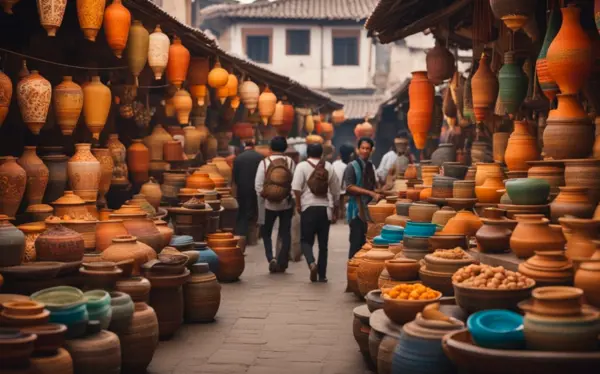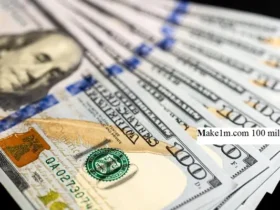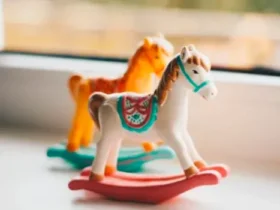It is in the legendary fabric that forms our collective history where antiquità speaks to us of this journey. These artifacts, which include ancient sculptures and even medieval manuscripts, have a certain timeless charm that draws in enthusiasts as well as scholars. Studying the ins and outs of these antiques brings us closer to history, where we better understand our origin.
The Diverse Worlds of antiquità
Antiquità refers to many artifacts that provide different perspectives on epochs. From archaeological discoveries to art masterpieces, the greatness of antiquity enlarges around us. This part delves into the several spheres in antiquità, revealing how diversified these treasures are.
The Birth of the Antique Market
As the need for antiquities increased, so did the market. By the 19th century, auction houses and dealers started focusing on sales of antiquities which were now available to whoever could afford them. This resulted in a boom for these objects as ordinary people could possess some of our history.
The prevalence of antique shops and fairs in the 20th century ensured that the market remained buoyant to this day. These events served as a means for collectors to display and sell their prizes while allowing aficionados to unearth new wonders.
Social Effects of Antiquità
Antiquity has played a great role in society affecting everything from clothing to interior design. This obsession with antiquities gave rise to vintage and retro styles. The distinctiveness and longevity of these items attract people, and their usage in the home or closet is a touch of history and personality.
Antiquities have also contributed to our perception of the past. By studying and protecting these relics, we have learned about ancient societies and their way of life. They are a physical connection to our forefathers and help us understand the culture of the past.
Types of Antiquità
The realm of antiquities unfolds in a triptych, gracefully divided into three epochs: ancient, medieval, and contemporary. Ancient antiquities emerge as relics from esteemed civilizations like Egypt, Greece, and Rome. Venturing into the Middle Ages, medieval antiquities tell a resonant historical tale. Evolving from there, contemporary antiquities resonate with the refined craftsmanship of the 18th and 19th centuries. There are other sorts of antiquities within these categories, such as:
-
Artifacts
Artifacts are artifacts created or utilized by ancient civilizations. These may include ceramics, jewelry, weaponry, and tools. Collectors seek artifacts because they provide insight into the daily lives of individuals who lived long ago.
-
Coins
Coins, among the earliest embodiments of commerce, hold a distinguished place in the realm of antiques. Their worth transcends face value, with ancient coins commanding greater value owing to their profound historical and cultural significance.
-
Furniture
Furniture is one of the most prominent genres of antiquità, ranging from the 18th to the pre-20th century. These things are not only functional, but they also exhibit the beauty and talents that marked this time period.
-
Paintings and Sculptures
Collectors and institutions are anxious to get old paintings and sculptures. These paintings are regarded as classics and provide an insight into the art styles and practices of ancient societies.
Caring for Antiquità
However, antiquities are fragile objects that need special treatment to maintain their price and aesthetics. Here are some recommendations for looking after your antiques:
· Handle with care
antiquità should be handled delicately, without exerting undue pressure or force. This is particularly true for sensitive items like pottery and paintings. When handling antiquities, always keep your hands clean and dry, and avoid touching sensitive surfaces.
-
Store Properly
Preserve your antiques with care: shield them from sunlight, extreme temperatures, and humidity. Safeguard in acid-free materials to ensure their timeless legacy.
· Regular Cleaning
Antiquities should be cleaned on a regular basis to remove any accumulated dust and pollution. However, it is vital to use suitable cleaning processes and chemicals to avoid causing injury. When in doubt, consult a competent conservator.
The Future of antiquità
The antiquities market thrives, welcoming new collectors and connoisseurs regularly. Yet, these treasures’ authenticity and ethical origins raise substantial concerns within this flourishing domain. As a result, there is a drive for tougher controls and norms in the antiquities trade.
Despite these problems, the attraction to antiquities remains strong, and their worth and significance will be recognized for decades to come.
In end
antiquità has a rich and intriguing past, and its influence on civilization is clear. From the ancient civilizations that birthed them to the collectors and enthusiasts who safeguard their legacy, these objects carve a special niche in our hearts and homes. Whether you navigate this realm as a seasoned collector or a curious enthusiast, the journey into the world of antiquities promises a thrilling and enriching experience.









Leave a Reply